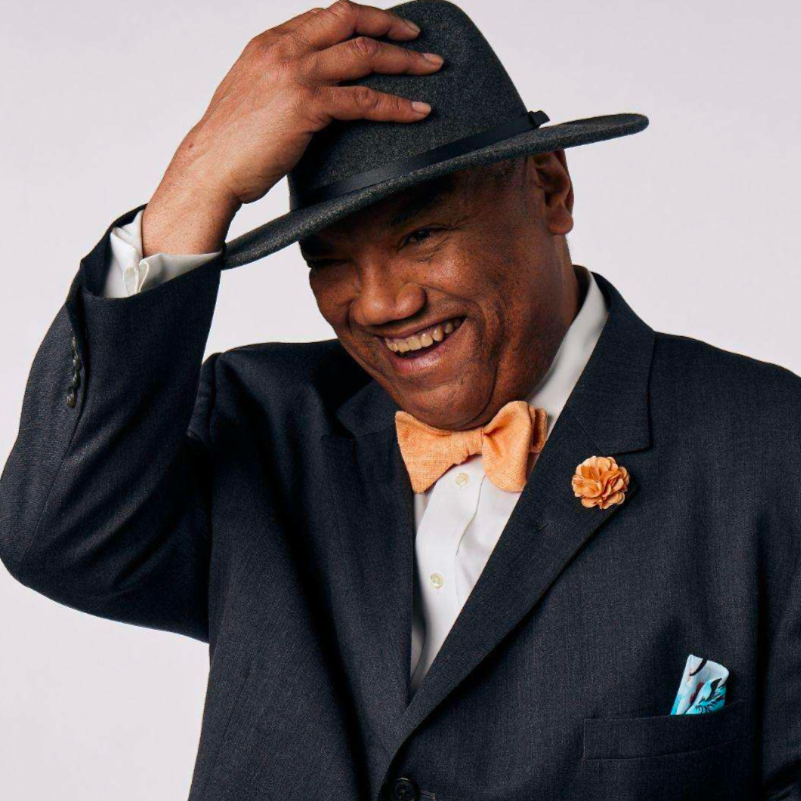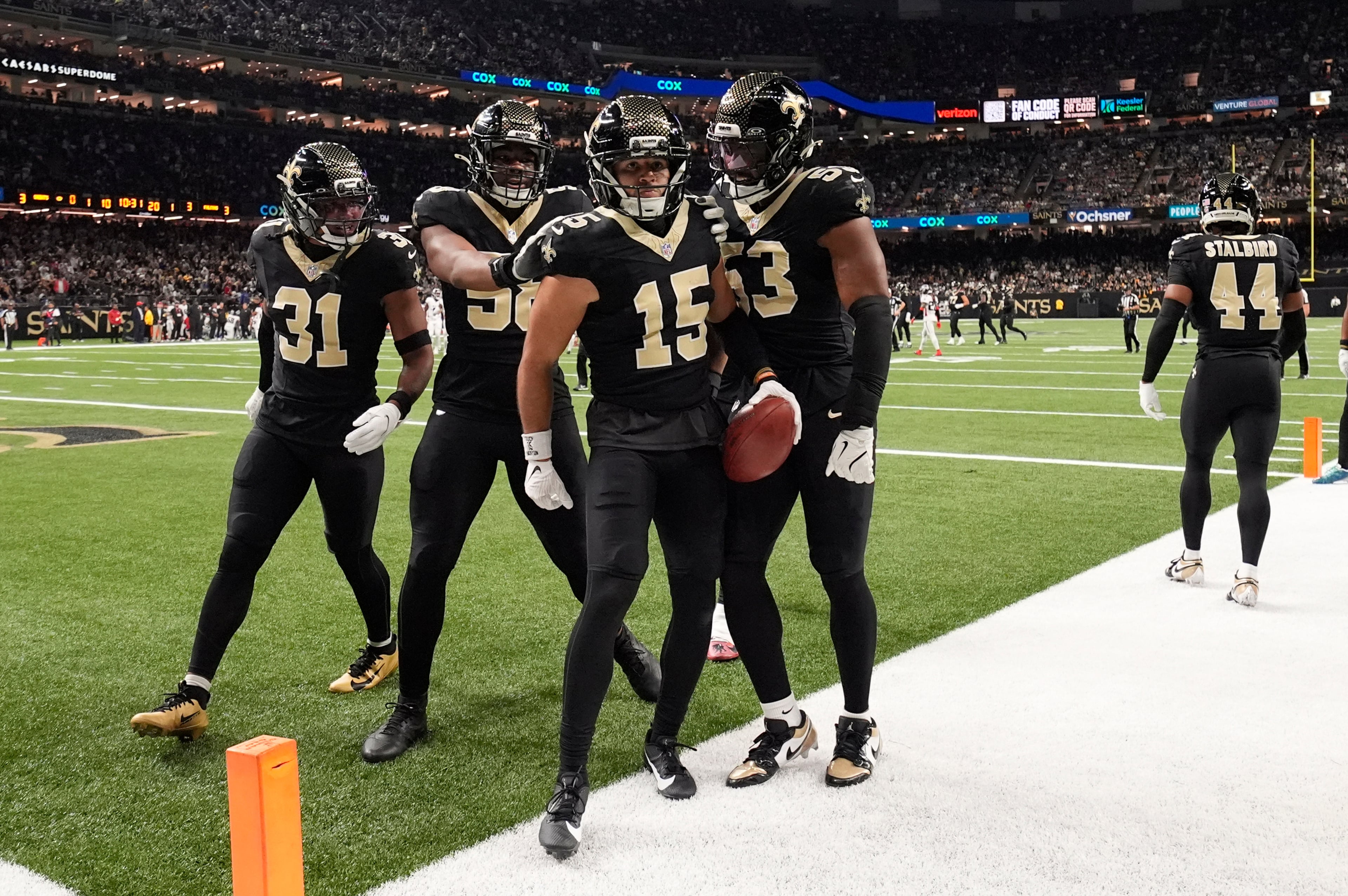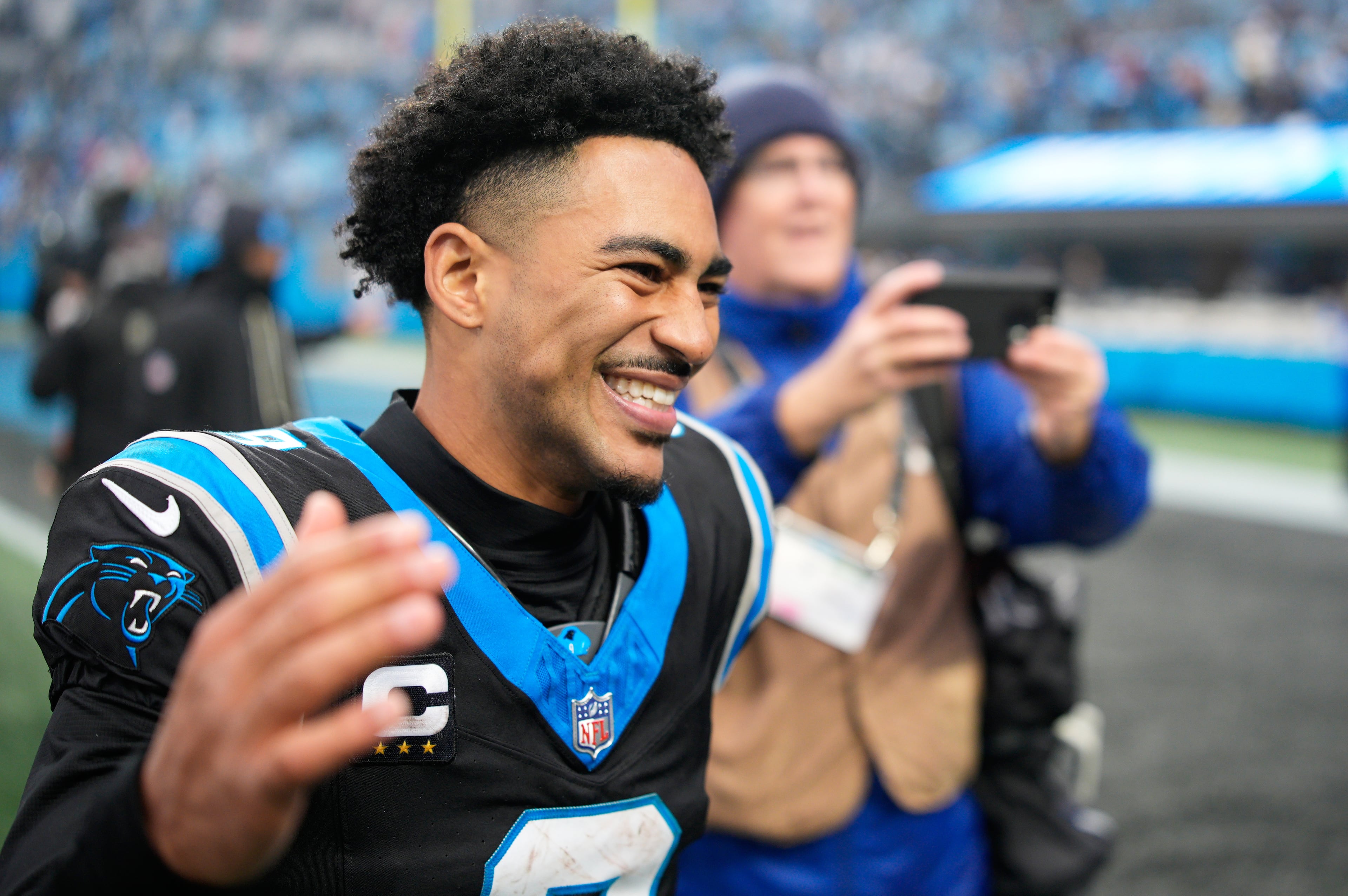Is NFC South ready to rise again? Insiders look into teams in the division.
The NFC South, which was founded in 2002 after realignment, has been considered one of the weaker divisions in the NFL in recent years.
Tampa Bay has won the past four titles, including winning it with an 8-9 record in 2022. They won it at 9-8 in 2023 and 10-7 last season.
The Saints, Falcons and Panthers have had issues transitioning from star quarterbacks Drew Brees, Matt Ryan and Cam Newton, respectively. From 2009-16, the Saints, Falcons and Panthers each made a Super Bowl appearance, with the Saints winning a title after the 2009 season.
Overall, teams in the division have made six Super Bowl appearances, with a 3-3 record.
The Buccaneers won the other two titles — 2002 season and 2020 season, with Tom Brady at the controls. The Panthers lost in the Super Bowl after the 2003 and 2015 seasons.
Here’s a look around the NFC South with insiders D. Orlando Ledbetter (The Atlanta Journal-Constitution), Jeff Duncan (New Orleans Times Picayune/NOLA.com), Darin Gantt (senior writer, Panthers.com) and Ira Kaufman (Buccaneers/NFL columnist for JoeBucsFan.com):
D. Orlando Ledbetter on the Falcons
Quarterback situation: Michael Penix Jr. is set to take over for Kirk Cousins as the Falcons starter. Penix was drafted eighth overall in the 2024 draft and started the final three games of last season. He showed some promise on his deep throws and operated the offense fluidly. The Falcons dubbed Cousins as their “backup quarterback” after the season. Penix completed 61 of 105 passes (58.1%) for 775 yards, three touchdowns and three interceptions. He finished with a passer rating of 78.9. The Falcons picked up 35 first downs passing under Penix. The Falcons drove the ball down the field more with Penix. He had 10.1 intended air yards per attempt, while Cousins had 7.5. If a trade partner is found for Cousins, Easton Stick would become the backup.
Coaching: Raheem Morris is set to enter his second season after going 8-9. He’ll have to put his mark on the defense, which was retooled over the offseason. The big change on the staff was the hiring of defensive coordinator Jeff Ulbrich to replace Jimmy Lake. Morris also added defensive pass-game coordinator Mike Rutenburg and defensive line coach Nate Ollie.
Strengths: The Falcons stockpiled weapons on offense via the draft in tight end Kyle Pitts, wide receiver Drake London and running back Bijan Robinson. Now, they are ready to drop Penix into the mix. Robinson leads a strong rushing attack, and London has developed into one of the top receivers in the league. The offensive line, under coach Dwayne Ledford, has developed into one of the league’s top run-blocking units.
Weaknesses: The Falcons’ pass defense, with a nonexistent pass rush, was shoddy last season.
The Falcons allowed a touchdown on 5.9% of opponent passes, which ranked 31st in the NFL, according to Pro Football Sports Network. The Falcons were ahead of only the Panthers. The last team to make the playoffs with a rate that poor was the 2016 Lions. Opponents were able to gut the Falcons’ defense by working underneath routes. Opposing quarterbacks feasted on inside linebacker and nickel-back matchups.
Cornerback Mike Hughes was solid at times, but opposing quarterbacks had a 105.8 passer rating when throwing at Hughes, who gave up three touchdowns and missed seven tackles.
Intangibles: Morris and Ulbrich worked together on Dan Quinn’s Atlanta staff from 2015-20. How fast they can pull the defensive together will be a key to the season. The Falcons must get first-round picks Jalon Walker and James Pearce Jr. ready to play immediately. They also signed veteran Leonard Floyd in free agency to help with the pass rush.
X-factor: Can the Falcons squeeze something out of Pitts, who’s in the last year of his rookie contract.
Also, kicker Younghoe Koo missed nine field-goal attempts last season before going on injured reserve. The Falcons need him to return to Pro Bowl form, or they’ll be in the kicker market.
Jeff Duncan on the Saints
QB situation: The Saints were thrown a curveball when veteran Derek Carr abruptly retired in May. As such, the Saints are left with the most inexperienced quarterback group in the league. Between rookie Tyler Shough, second-year man, Spencer Rattler, and third-year backup Jake Haener, they are winless in seven career NFL starts. Shough and Rattler are expected to compete for the starting job. Shough, who the Saints selected with the 40th overall pick in the NFL draft, has the inside track as coach Kellen Moore’s handpicked selection in April, but Rattler looked good in offseason workouts. Both players have talent but are woefully short on experience. Either way, it’s a long way from the days of Carr and Drew Brees.
Coaching: Moore is a first-time head coach and, at 36, is the youngest head coach in the NFL. He is considered one of the brighter young offensive minds in the league and is highly regarded for his work with quarterbacks Dak Prescott, Justin Herbert and Jalen Hurts. Former Chargers coach Brandon Staley was brought in to coordinate the defense. He’s installing the 3-4 scheme, a major change for a team that has run the 4-3 for the past decade.
Strengths: Whoever wins the quarterback job will have plenty of veteran help around him. The offensive line features four former first-round draft picks and should be the strength of the unit. The receiving duo of Chris Olave and Rashid Shaheed is speedy and talented. Running back Alvin Kamara remains one of the more productive all-around backs in the league.
Weaknesses: The defense, long a strength under former coach Dennis Allen, dropped off a cliff last season. The unit wasn’t particularly good against the run or pass, and the Saints didn’t do much to upgrade the group in the offseason. The cornerback position has gone from a strength to a weakness after Marshon Lattimore was traded a year ago and Paulson Adebo left in free agency. Their replacements, Kool-Aid McKinstry, Alontae Taylor and rookie Quincy Riley, have talent, but will be challenged early and often by opponents.
Intangibles: Moore’s arrival has injected much needed energy in the team. The fresh approach has generated enthusiasm among the players, after things had grown stale in the latter stages of the Allen era. For a long time, the Saints were considered one of the favorites in the NFC South. Now they are fully embracing the underdog role.
X-factor: As always, Taysom Hill is the ultimate X-factor for the Saints. The veteran utility back is coming off a severe knee injury that required major surgery in December. It’s unclear when he will be available to return to action, but once he does return, Hill’s all-around playmaking ability will be a big boost to the offense. With his rare blend of size, speed and power, he’s a force in the Saints’ short-yardage and goal-line offense. He will turn 35 in August and is entering the final year of his contract, so Hill’s future in New Orleans is uncertain beyond this season.
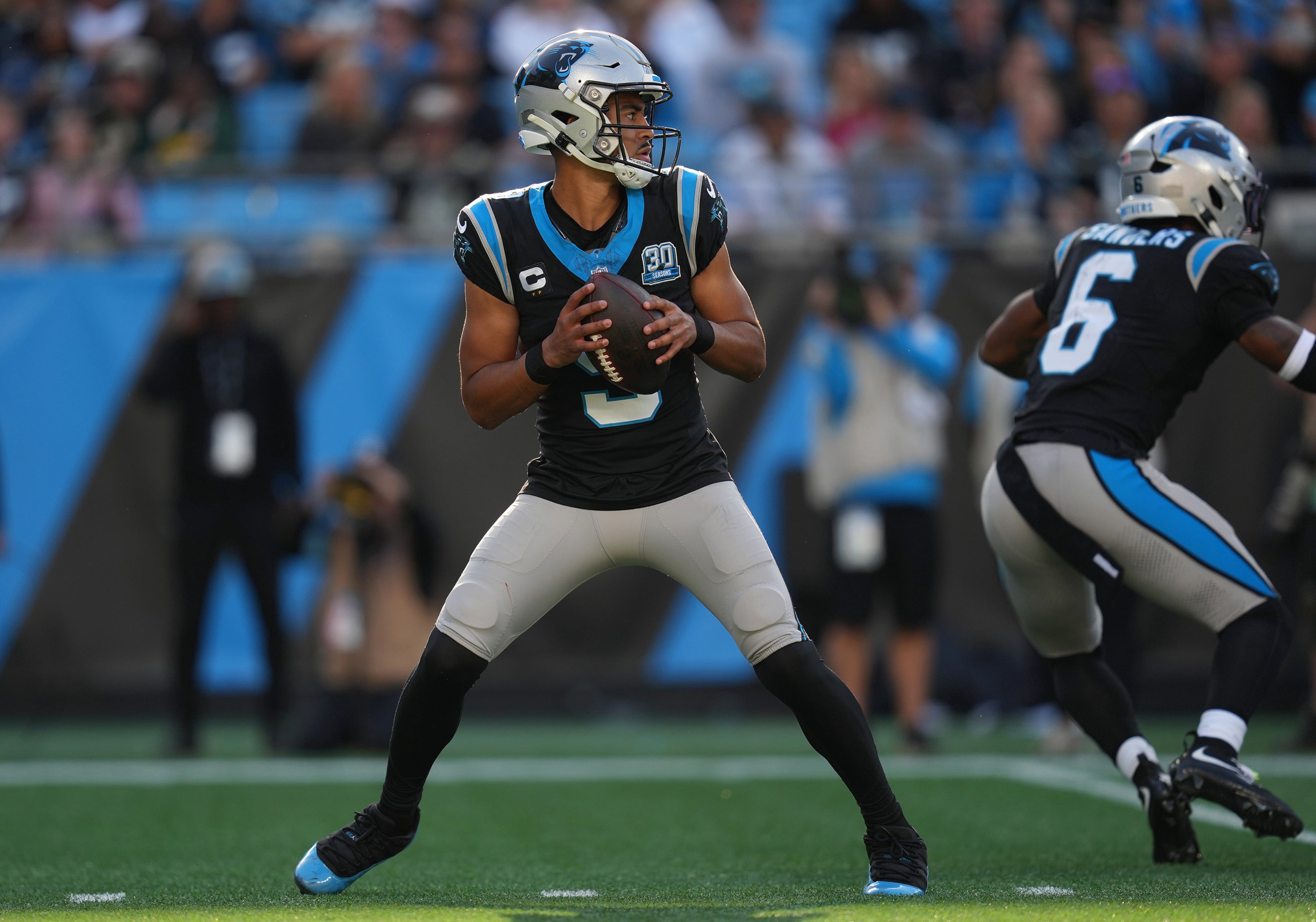
Darin Gantt on the Panthers
QB situation: The depth chart is intact and building after last season’s second-half surge. Bryce Young is settling in as the starter and showing more comfort in the role (including a daily dose of trash talk in practice with cornerback Jaycee Horn). He’s always had confidence, but having some results to show for it matters more. He threw 15 touchdowns against only six interceptions after returning to the lineup last year (and also rushed for five touchdowns in the last six weeks of the season, including two in the finale against the Falcons). Backup Andy Dalton is back as well, offering trusted counsel and the ability to step in and win a game.
Coaching: It’s the same staff for a second year in a row, which is a good start. Dave Canales acknowledged that last year was going to be a process and stayed positive through it all. Now, he’s building on the offense he had success with in Seattle and Tampa, with a consistent message. He’s relentlessly upbeat and challenges his players to lead — around a young core of players such as Young, Horn, Derrick Brown and Chuba Hubbard.
Strengths: The offensive line was an Achilles’ heel for the Panthers, and not all that long ago. But after spending big on free-agent guards Robert Hunt and Damien Lewis last offseason, things came together quickly. They went from allowing 65 sacks in 2023 to 36 last season and were able to run effectively as well. They also saw progress from former first-round left tackle Ikem Ekwonu along with the continued steady play of Taylor Moton (at right tackle). In addition to bringing back the starting line intact, they also retained a number of key backups, as their top nine linemen in snaps played from last season are back.
Weaknesses: They’re still in the process of adding enough pieces on defense. The line got most of the attention this offseason as GM Dan Morgan tries to build from front to back. They brought in Tershawn Wharton and Bobby Brown III in free agency, along with drafting the massive Cam Jackson to go with the return of Brown — who missed the rest of the season after a knee injury in last year’s opener. They’re still somewhat thin at linebacker and in the secondary, as they’re looking at a few veteran safety options and are relying on the development of some second-year players at cornerback.
Intangibles: After a tumultuous couple of years, things have stabilized in Charlotte. The Panthers are bringing back the same GM, coach, and quarterback for two years in a row for the first time since 2019. That matters, as long as the results continue to improve. They saw progress in the four wins down the stretch, along with near-misses against the Chiefs and Eagles. Now, it’s about adding to it.
X-factor: Evolving an offense that showed signs (of improvement) will be imperative. They brought back all 11 starters on offense and added a big-time target in first-round receiver Tetairoa McMillan and a 1,000-yard rusher in Rico Dowdle to complement Hubbard (who ran for 1,195 yards and 10 touchdowns last year). Wide receiver Adam Thielen’s back for another year, but putting McMillan alongside 2024 first-rounder Xavier Legette gives Young the opportunity to grow the offense for the future.
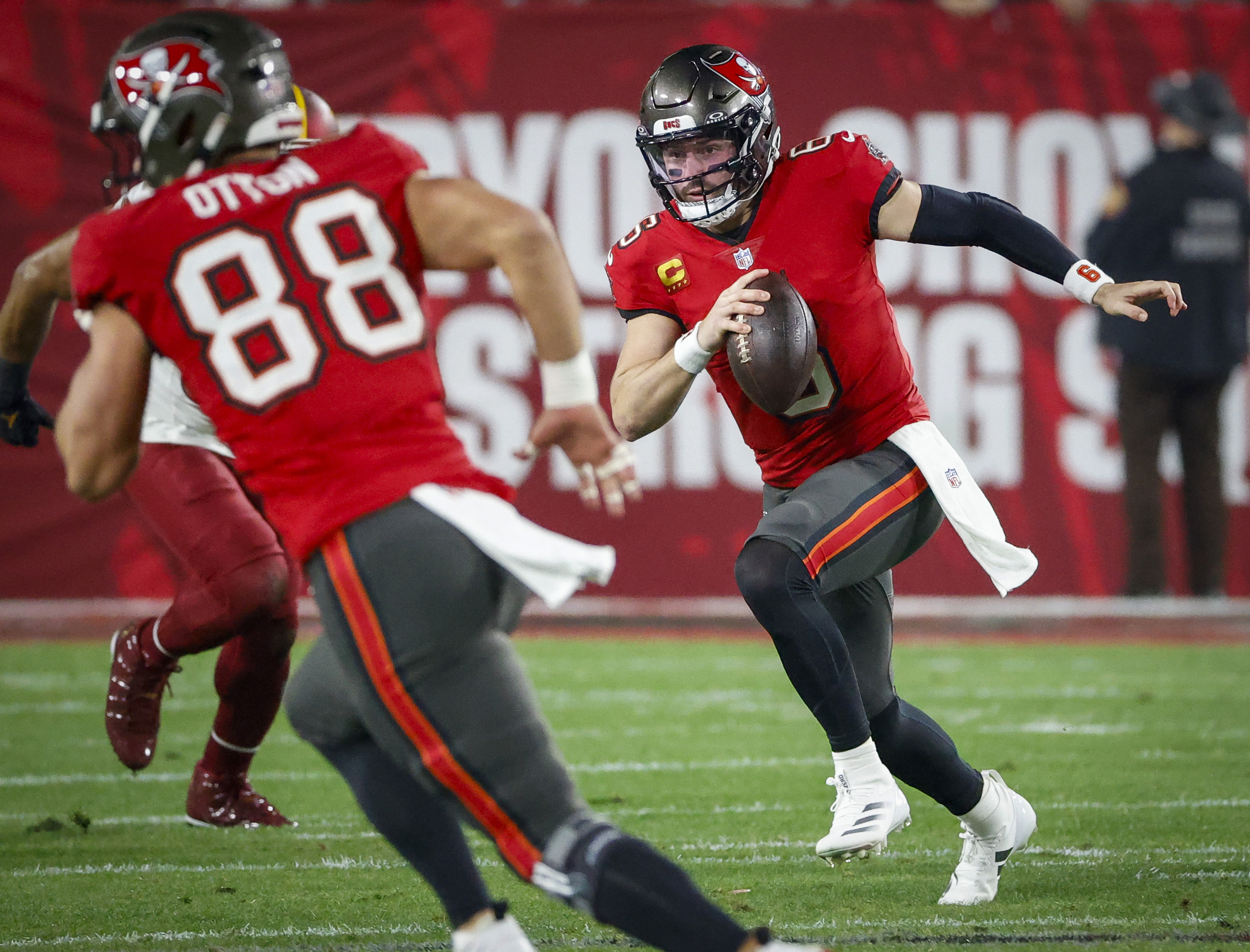
Ira Kaufman on the Bucs
QB situation: Baker Mayfield, coming off a 41-TD season, is right in his prime at age 30. The Bucs would like to see him take fewer sacks (40) and throw fewer interceptions (16), but his gunslinger mentality also is what led to 4,500 passing yards and an offense that averaged 29.5 points per game. He is an effective scrambler at times, running for 378 yards and 24 first downs. Untested Kyle Trask is the backup.
Coaching: Coach Todd Bowles, who signed a multiyear contract extension Thursday, has led the Bucs to three consecutive division crowns since replacing Bruce Arians. He has created a winning culture and has earned the trust and respect of Tampa Bay players. He’s also not afraid to play youngsters on a roster that currently features only five players older than 30. The big change on the staff was the elevation of 35-year-old Josh Grizzard, who never has called plays at the pro level, to offensive coordinator. He replaces Liam Coen, who was outstanding in 2024 and is left to become the head coach in Jacksonville.
Strengths: Tampa Bay’s offensive line, led by tackles Tristan Wirfs and Luke Goedeke, is a tight, cohesive unit that helped the 2024 Bucs become the only team in the league to finish in the top five in both rushing and passing offense. Rookie center Graham Barton was an upgrade while guards Ben Bredeson and Cody Mauch are ornery maulers who helped the Bucs significantly improve a ground game that had ranked last in the NFL for two consecutive seasons.
Weaknesses: Opposing quarterbacks often had a field day against this defense, which is orchestrated by Bowles. Although their sack total (46) was decent, the Bucs failed to apply consistent pressure and Bowles didn’t trust a battered secondary. As a result, the corners played well off receivers and opposing passers boasted a 66.3% completion rate. Bowles is looking for ball hawks in the defensive backfield after Tampa Bay posted only seven interceptions all season. That’s why the Bucs used premium picks to draft defensive backs Benjamin Morrison (Notre Dame) and Jacob Parrish (Kansas State).
Intangibles: This running game took off after fourth-round draft pick Bucky Irving became the lead back ahead of Rachaad White. Irving led all rookies in rushing yards, averaging 5.4 yards per carry, and caught 47 of the 52 passes Mayfield sent his way. Although the Bucs will be careful not to wear Irving out, look for him to approach 2,000 yards from scrimmage in Year 2.
X-factor: After signing Haason Reddick to a one-year deal in free agency, the Bucs didn’t select an edge rusher in the first two days of the draft. Coming off a lost season with the Jets, Reddick should be very motivated as a potential free agent who was considered one of the league’s premier pass rushers as recently as 2023. If Reddick can provide heat coming off the left edge and safety Antoine Winfield Jr. returns to form after an injury-plagued year, Tampa Bay’s defense could take a major step forward.
Editor’s note: A previous version of this story misspelled the name of a former Chargers coach. He is Brandon Staley.
